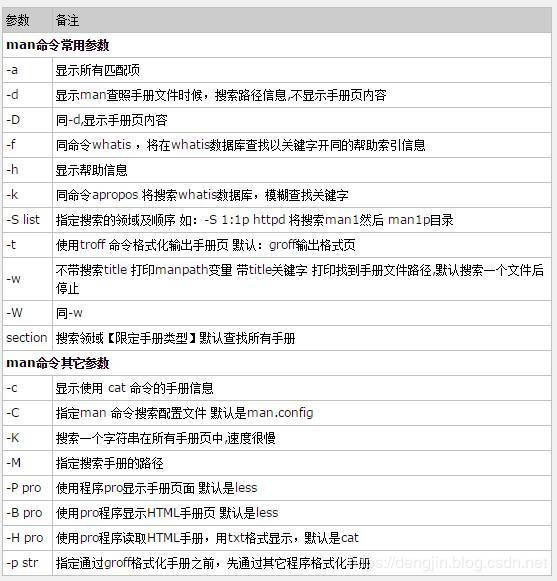list中数据的去重,通常使用将list转换为set,简单直接,因为set集合的特点就是没有重复的元素。需要考虑一下两种情况:
1.list集合中的数据类型是基本数据类型
可以直接将list集合转换成set,就会自动去除重复的元素。
如下示例:
|
1
2
3
4
5
6
7
8
9
10
11
12
13
14
15
16
17
|
public class test {
public static void main(string[] args) {
list list = new arraylist();
list.add(11);
list.add(12);
list.add(13);
list.add(14);
list.add(15);
list.add(11);
system.out.println(list);
set set = new hashset();
list newlist = new arraylist();
set.addall(list);
newlist.addall(set);
system.out.println(newlist);
}
}
|
2.list集合中存储的数据类型是对象类型
需要在对象的实体类中去重写equals()方法和hashcode()方法
|
1
2
3
4
5
6
7
8
9
10
11
12
13
14
15
16
17
18
19
20
21
22
23
24
25
26
27
28
29
30
31
32
33
34
35
36
37
38
39
40
41
42
43
44
45
46
47
48
49
|
public class people {
private string name;
private string phonenumber;
public string getname() {
return name;
}
public void setname(string name) {
this.name = name;
}
public string getphonenumber() {
return phonenumber;
}
public void setphonenumber(string phonenumber) {
this.phonenumber = phonenumber;
}
public people(string name, string phonenumber) {
super();
this.name = name;
this.phonenumber = phonenumber;
}
@override
public string tostring() {
return "people{" +
"name='" + name + ''' +
", phonenumber='" + phonenumber + ''' +
'}';
}
@override
public boolean equals(object o) {
people p = (people) o;
return name.equals(p.name) && phonenumber.equals(p.phonenumber);
}
@override
public int hashcode() {
string str = name + phonenumber;
return str.hashcode();
}
}
public static void main(string[] args) {
list<people> listpeople = new arraylist<people>();
listpeople.add(new people("张三", "11111"));
listpeople.add(new people("张三", "22222"));
listpeople.add(new people("李四", "33333"));
listpeople.add(new people("张三", "22222"));
set<people> setdata = new hashset<people>();
setdata.addall(listpeople);
system.out.println("list:" + listpeople.tostring());
system.out.println("set:" + setdata.tostring());
}
|
最后,我们拿出string中的equals()方法和hashcode()方法源码来加深认识:
equals()
|
1
2
3
4
5
6
7
8
9
10
11
12
13
14
15
16
17
18
19
20
21
|
public boolean equals(object anobject) {
if (this == anobject) {
return true;
}
if (anobject instanceof string) {
string anotherstring = (string)anobject;
int n = count;
if (n == anotherstring.count) {
char v1[] = value;
char v2[] = anotherstring.value;
int i = offset;
int j = anotherstring.offset;
while (n-- != 0) {
if (v1[i++] != v2[j++])
return false;
}
return true;
}
}
return false;
}
|
比较两个对象时,首先先去判断两个对象是否具有相同的地址,如果是同一个对象的引用,则直接放回true;如果地址不一样,则证明不是引用同一个对象,接下来就是挨个去比较两个字符串对象的内容是否一致,完全相等返回true,否则false。
hashcode()
|
1
2
3
4
5
6
7
8
9
10
11
12
13
|
public int hashcode() {
int h = hash;
if (h == 0 && count > 0) {
int off = offset;
char val[] = value;
int len = count;
for (int i = 0; i < len; i++) {
h = 31*h + val[off++];
}
hash = h;
}
return h;
}
|
hashcode()官方定义:
hashcode方法返回该对象的哈希码值。支持该方法是为哈希表提供一些优点,例如,java.util.hashtable 提供的哈希表。
hashcode 的常规协定是:
在 java 应用程序执行期间,在同一对象上多次调用 hashcode 方法时,必须一致地返回相同的整数,前提是对象上 equals 比较中所用的信息没有被修改。从某一应用程序的一次执行到同一应用程序的另一次执行,该整数无需保持一致。
如果根据 equals(object) 方法,两个对象是相等的,那么在两个对象中的每个对象上调用 hashcode 方法都必须生成相同的整数结果。
以下情况不是必需的:如果根据 equals(java.lang.object) 方法,两个对象不相等,那么在两个对象中的任一对象上调用 hashcode 方法必定会生成不同的整数结果。但是,程序员应该知道,为不相等的对象生成不同整数结果可以提高哈希表的性能。
实际上,由 object 类定义的 hashcode 方法确实会针对不同的对象返回不同的整数。(这一般是通过将该对象的内部地址转换成一个整数来实现的,但是 javatm 编程语言不需要这种实现技巧。)
当equals方法被重写时,通常有必要重写 hashcode 方法,以维护 hashcode 方法的常规协定,该协定声明相等对象必须具有相等的哈希码。
总结
以上就是这篇文章的全部内容了,希望本文的内容对大家的学习或者工作具有一定的参考学习价值,谢谢大家对快网idc的支持。如果你想了解更多相关内容请查看下面相关链接
原文链接:https://blog.csdn.net/ym01213/article/details/85333529
相关文章
- ASP.NET自助建站系统的数据库备份与恢复操作指南 2025-06-10
- 个人网站服务器域名解析设置指南:从购买到绑定全流程 2025-06-10
- 个人网站搭建:如何挑选具有弹性扩展能力的服务器? 2025-06-10
- 个人服务器网站搭建:如何选择适合自己的建站程序或框架? 2025-06-10
- 64M VPS建站:能否支持高流量网站运行? 2025-06-10
- 2025-07-10 怎样使用阿里云的安全工具进行服务器漏洞扫描和修复?
- 2025-07-10 怎样使用命令行工具优化Linux云服务器的Ping性能?
- 2025-07-10 怎样使用Xshell连接华为云服务器,实现高效远程管理?
- 2025-07-10 怎样利用云服务器D盘搭建稳定、高效的网站托管环境?
- 2025-07-10 怎样使用阿里云的安全组功能来增强服务器防火墙的安全性?
快网idc优惠网
QQ交流群
-
2025-05-27 25
-
2025-05-25 13
-
2025-05-27 62
-
2025-05-29 67
-
2025-05-27 42












